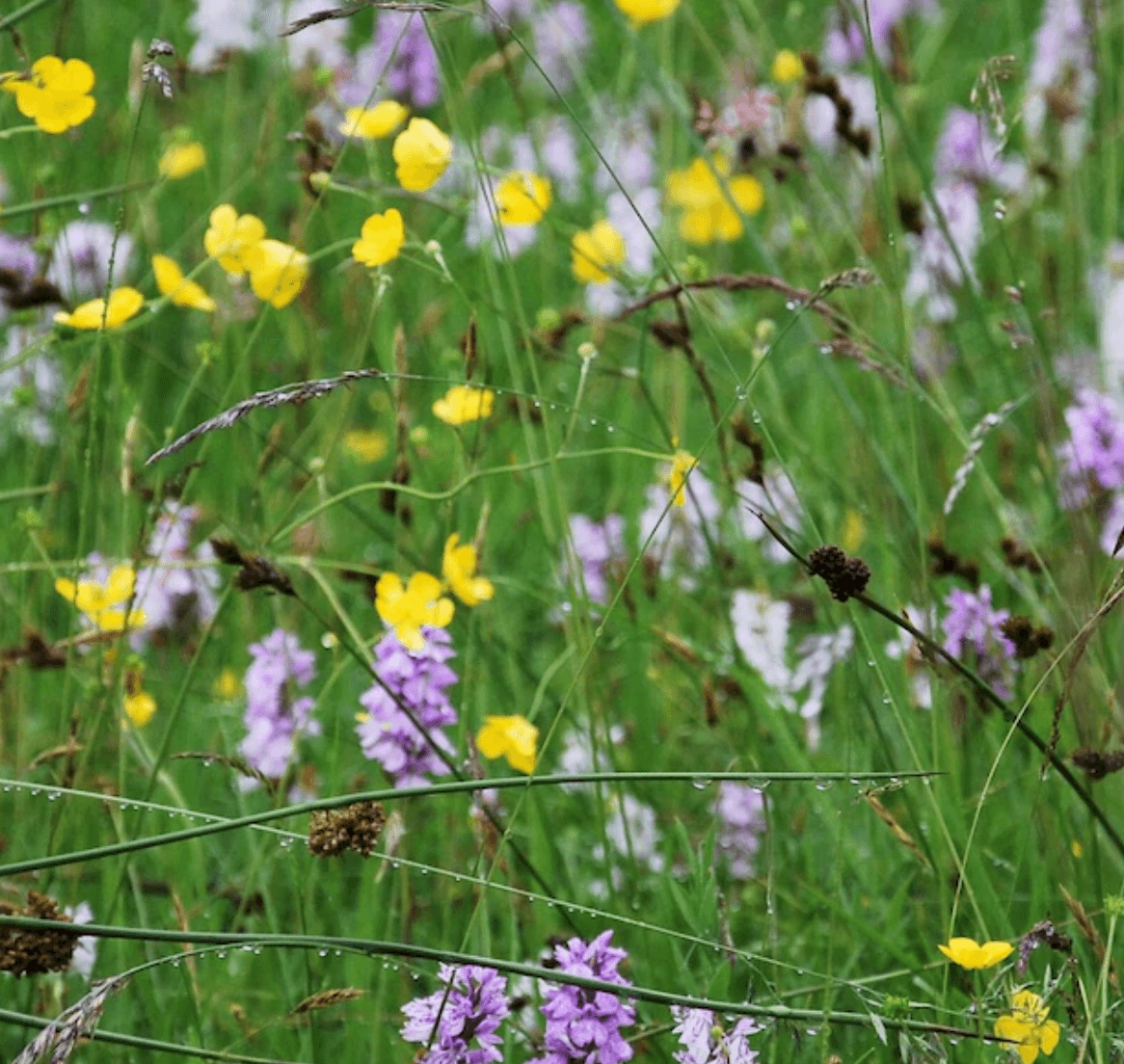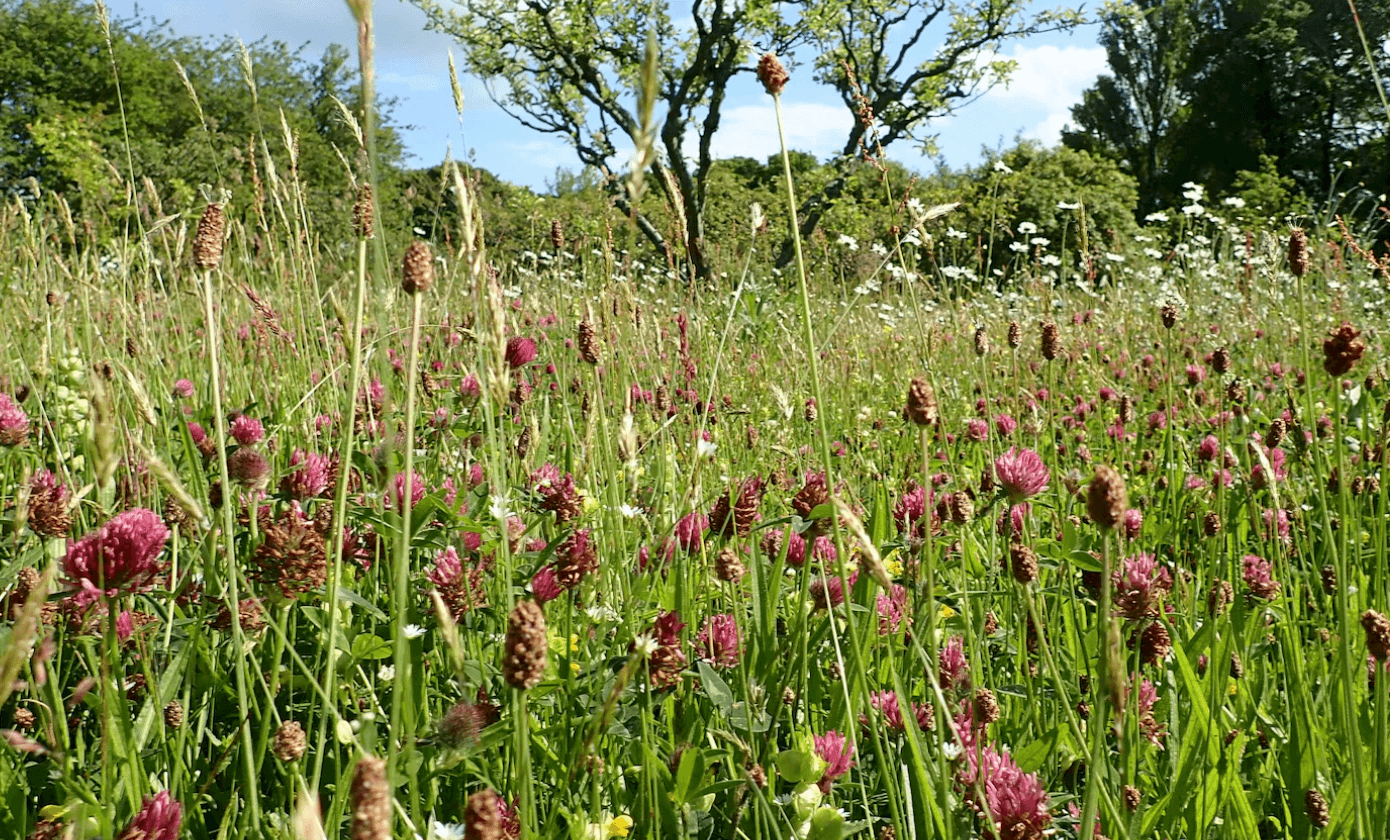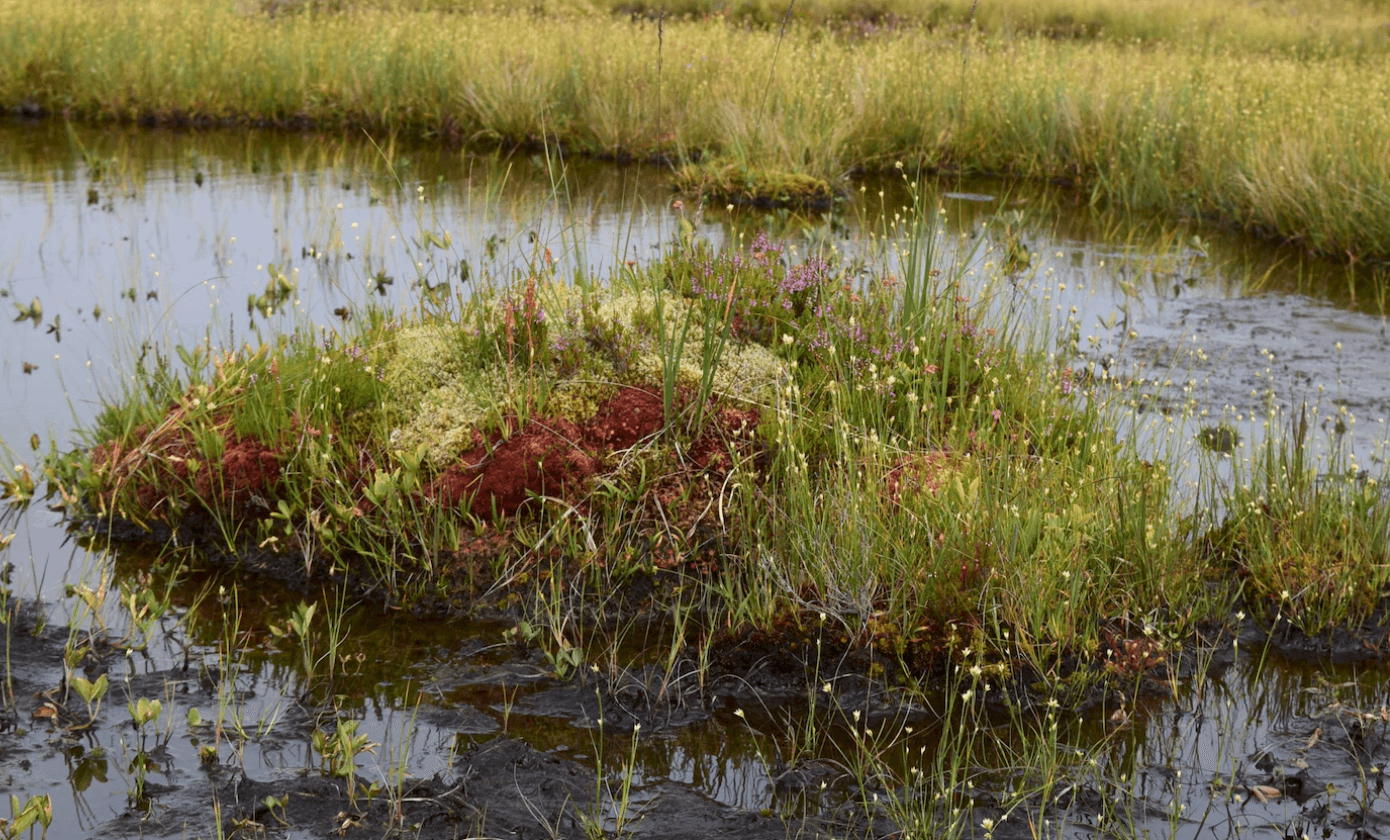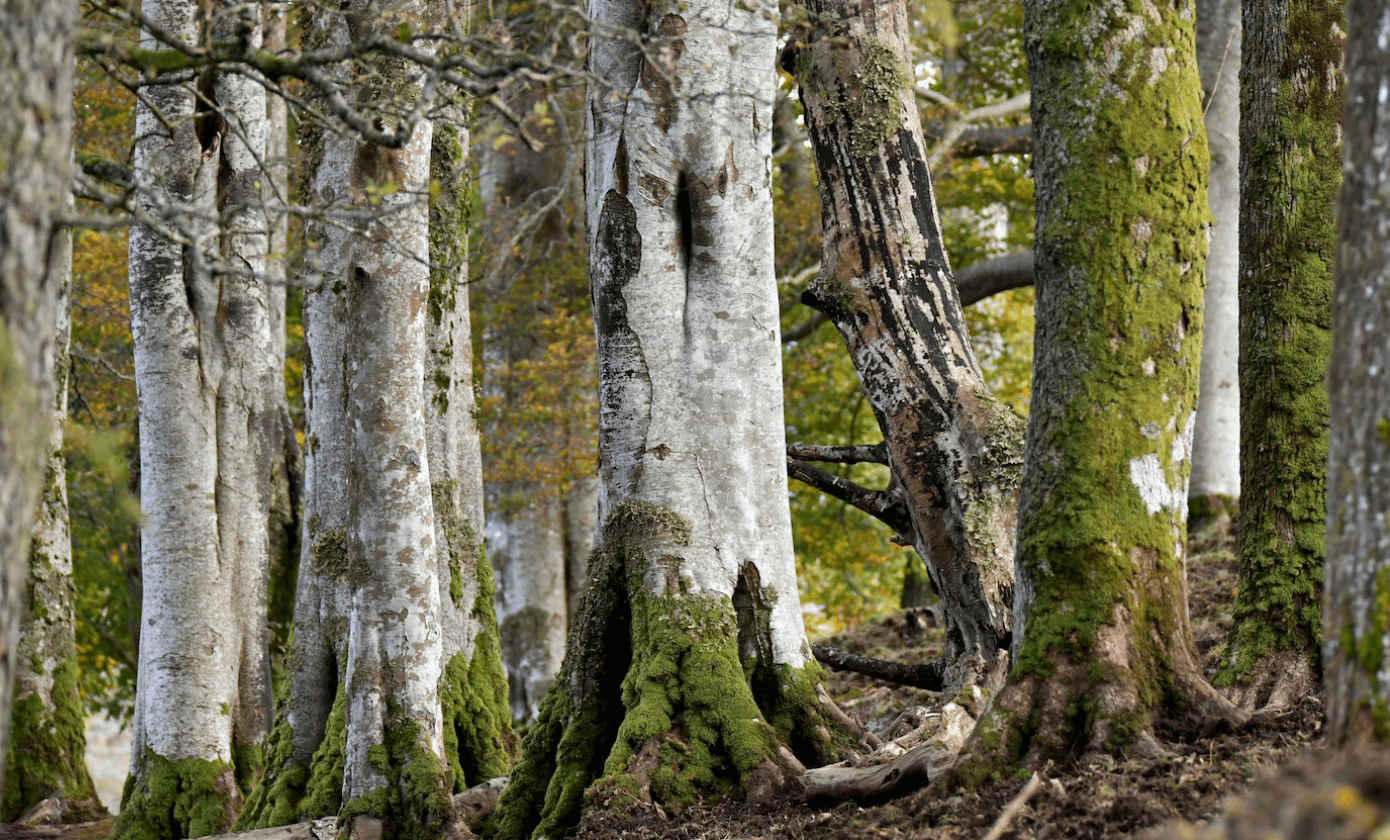43m2 of Wildflowers, Wetlands and Wildlife Habitat Restored by Xander Kostroma in the UK

The UK's rich biodiversity offers numerous advantages, including breathtaking landscapes, iconic wildlife, and the provision of clean air and water. Healthy habitats play a crucial role in carbon sequestration, aiding in the mitigation of climate change. However, this biodiversity is facing significant challenges, with a staggering 50% loss reported. Consequently, the UK ranks among the bottom 10% globally in terms of biodiversity intactness. The latest State of Nature report, released in 2019 by a coalition of 50 conservation organisations, identifies intensive agricultural management, climate change, human-induced hydrological changes, urbanisation, invasive and non-native species, pests and pathogens, pollution, and woodland management as the primary contributors to this alarming decline.
Wildflowers in the UK have particularly suffered, with a 97% loss of wildflower meadows since the 1930s. This drastic decline highlights the immense pressure on native flower species and the interconnected animal species that depend on them for survival.
Wetland habitats have also significantly deteriorated over the last century. Approximately 90% of lowland ponds vanished during the 20th century, and substantial losses occurred in lowland wet grassland and upland blanket peatland. These habitats are essential for carbon storage and host crucial invertebrates, which are integral to supporting entire ecosystems.
As habitats degrade, their ability to sustain species diminishes. According to the IUCN Regional Red List criteria, 15% of the 8,431 assessed species are classified as threatened, and at risk of extinction in the UK. This includes 43% of bird species and 26% of terrestrial mammals, including beloved creatures like red squirrels and hedgehogs.
Biodiversity faces threats due to insufficient suitable habitat, but studies consistently show that when we restore these habitats, species can reclaim their former territories. Habitat creation and restoration efforts are not only essential for the flora and fauna above ground but also play a crucial role in maintaining healthy soils. For instance, the presence of native wildflowers contributes to soil stability, preventing degradation and erosion caused by weather. Healthy soils support a more extensive array of life by providing organisms with the necessary nutrients and moisture. Additionally, healthy soils act as a significant carbon store, keeping carbon locked away for extended periods, spanning hundreds or even thousands of years.

THE PROJECT
We will be funding the restoration and conservation of various habitats in the UK, incuding: wildflower meadows, wetlands (including peatland restoration), heathland, and woodland. Tackling all these different habitat types together will result in landscapes being a mosaic of habitats that can support high levels of biodiversity.
Wildflowers - Wildflower meadow creation will be carried out on improved grassland that has, until recently, been grazed by animals and received artificial fertilisers. The wildflower seed mix, sourced locally in Scotland, will consist of grass species such as sweet vernal-grass and red fescue, as well as wildflowers that can cope with initial fertile conditions, such as selfheal, meadow buttercup yellow rattle, red clover, greater bird’s-foot trefoil (on heavier soils) and common knapweed, amongst others.
Wetlands - Peatland restoration and the establishment of ponds, aiming to create crucial habitats for a diverse array of species. These habitats will benefit various birds, including the Curlew and Snipe, as well as mammals like Otters, amphibians such as Great Crested Newts, and a variety of insects like dragonflies, water beetles, and aquatic wildflowers. The restoration efforts will focus on rejuvenating peatland that was previously drained and/or afforested. In specific locations, a pivotal aspect of this initiative involves removing invasive non-native conifers and Rhododendron shrubs. This targeted action is essential to return the peatland to a healthy state, promoting the recovery of species like cranberry and bog-building Sphagnum mosses.

Wildlife - Newly introduced wildflowers will offer advantages to insects, particularly pollinators such as butterflies and bees. In reciprocation, these insects will serve as a food source for birds and small mammals. The establishment of fresh wetland areas will contribute significantly to creating vital habitats for species such as otters, great crested newts, and curlews.
Woodland - The last aspect of this project involves the preservation of ancient woodlands, encompassing the biodiverse Atlantic rainforest on the untamed west coast of Scotland and remnants of gorge woodlands, along with the iconic native wildlife dwelling within them. These unique sites serve as crucial habitats for a diverse array of wildlife, with a particular emphasis on rare lichens like the Norwegian specklebelly and fungi such as Hazel Gloves. Safeguarding these areas also contributes to the preservation of healthy soils, enhancing the land's capacity to capture and store carbon. To ensure the protection of mature alder, oak, and hazel woodlands, as well as the native species they support, several measures are imperative. These include the removal of invasive Rhododendrons, prevention of excessive grazing by animals, and meticulous tree planting. These actions are essential for safeguarding the intricate ecosystems of these woodlands, supporting rare species of bats, lichens, fungi, and birds, in addition to the preservation of red squirrels.

At Xander Kostroma, we have taken responsibility for our carbon emissions. As part of our pledge, by partnering with Ecologi, we applied the logic of 1 order = 1 tree planted to get £x then we converted £x into m2 to fund this fantastic UK Wildflowers, Wetlands and Wildlife project. We have committed to backdating our promise since our company (Xander Kostroma Fashion Ltd) inception in 2015.
THE FIGURES
2015 sales = 1574 x (Ecologi cost at the time of planting 1 tree around the world) £0.124 = £195.18 / £4.50 (current cost of planting per m2 in the UK) = 43m2 restored. A total of £193.50 (rounded) was paid on the 4th of January.
THE PLEDGE - CONTINUED
Subsequent payments will be made this year for 2016 sales until we are up to date. We will then make yearly payments on an ongoing basis. Our work will be exclusively focused on UK-only projects. If you would like to see our progress so far, follow our page on Ecologi.
I hope you've enjoyed reading! If you have any questions, please get in touch with us and I will be happy to assist.
Love,
Xander & Co.
PS - this does not come at a cost to our final customer, so shop in the knowledge that your purchase is going towards something great!

Comments